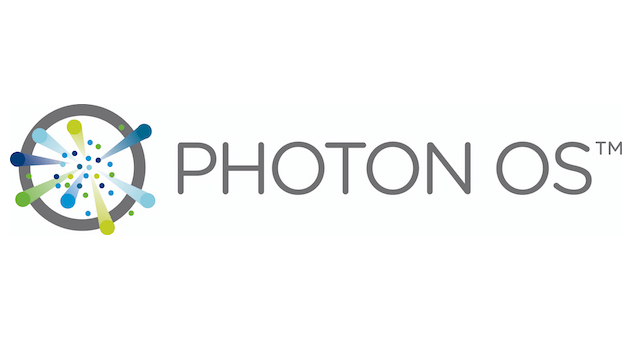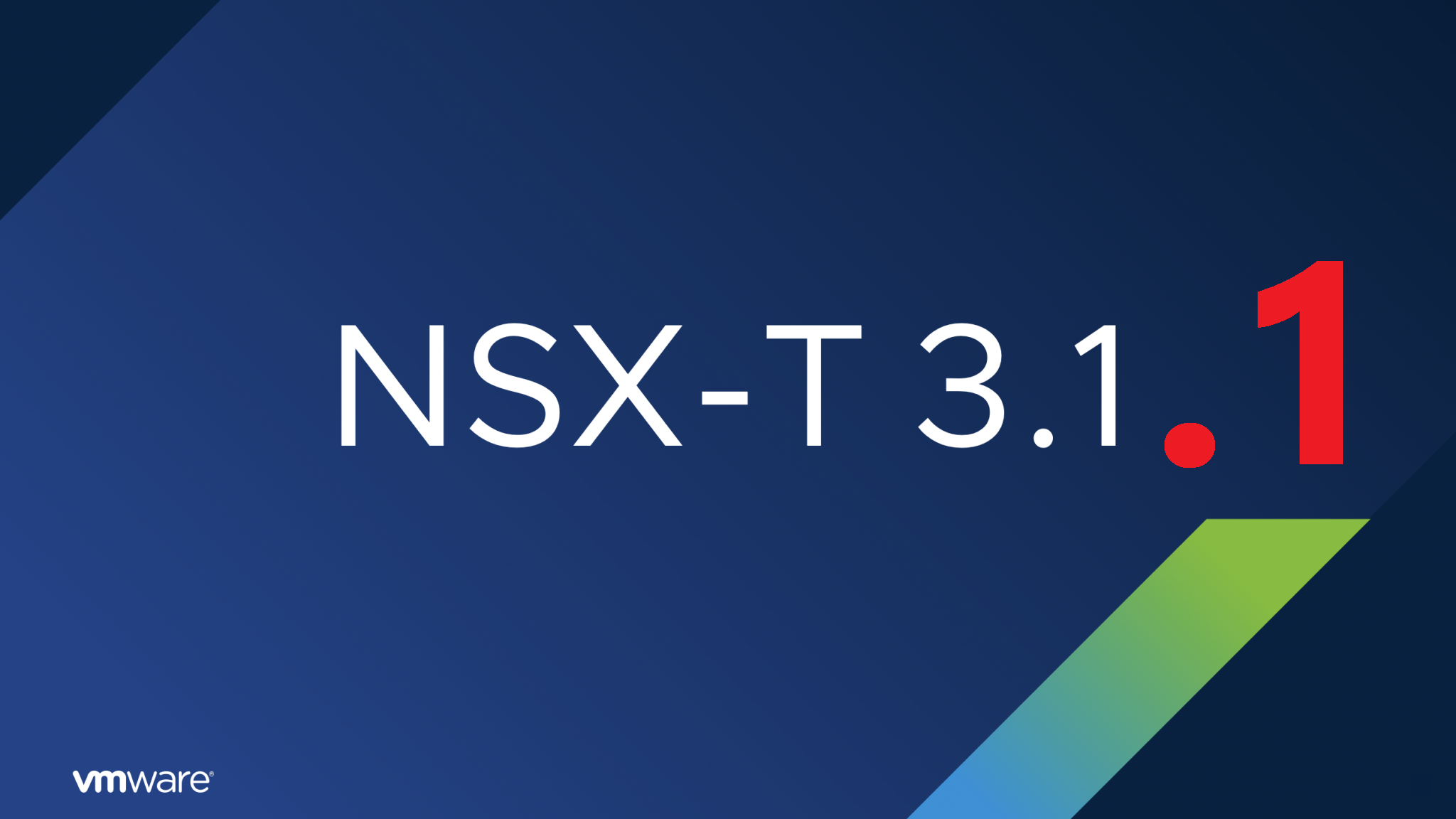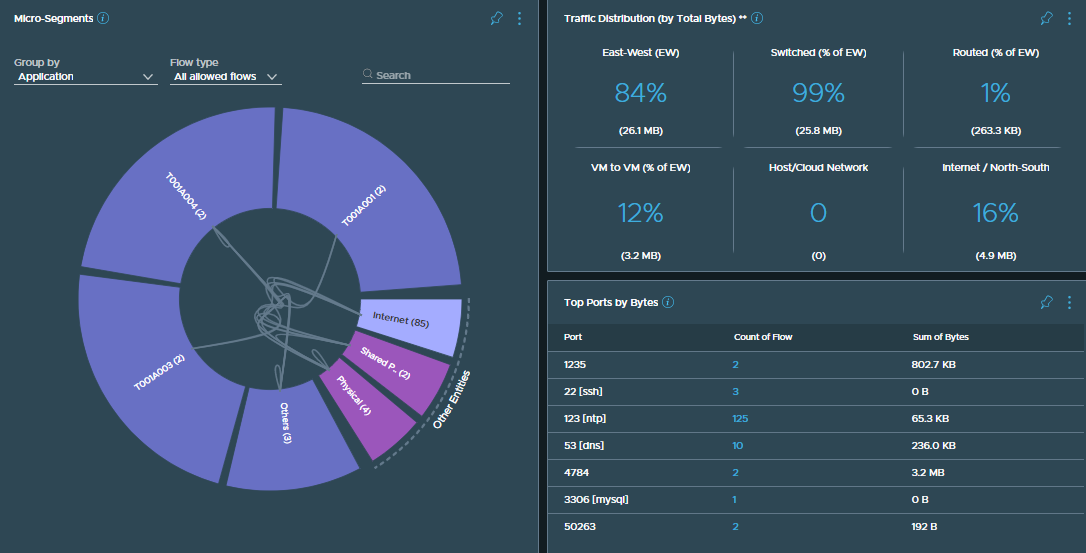Securing Physical Workloads via the VMware NSX-T Gateway Firewall and Service Interface
Where the NSX-T Distributed Firewall (DFW) provides stateful protection to workloads at the vNIC level from within for micro-segmentation of east-west traffic, the Gateway Firewall (GFW) provides centralised stateful protection of north-south traffic for perimeter firewalling. Depending on the use case, the GFW might secure traffic between physical and virtual servers, physical to physical servers, and within multi-tenant environments, DMZ’s or could be utilised for, for example, PCI compliance.
The GFW can be implemented per Gateway and is supported on both Tier-0 and Tier-1 Gateways. The GFW is also independent of the NSX-T DFW as it holds its own configuration and enforcement policies. Excitingly, we can also leverage the GFW to secure physical workloads housed on VLAN-backed networks via the Service Interface. This is particularly useful where customers are unable to utilise the VMware NSX-T Kernel Agent (think proprietary appliances/servers).
In this article, we take a look at the process of securing physical server workloads housed on VLAN-backed networks.








